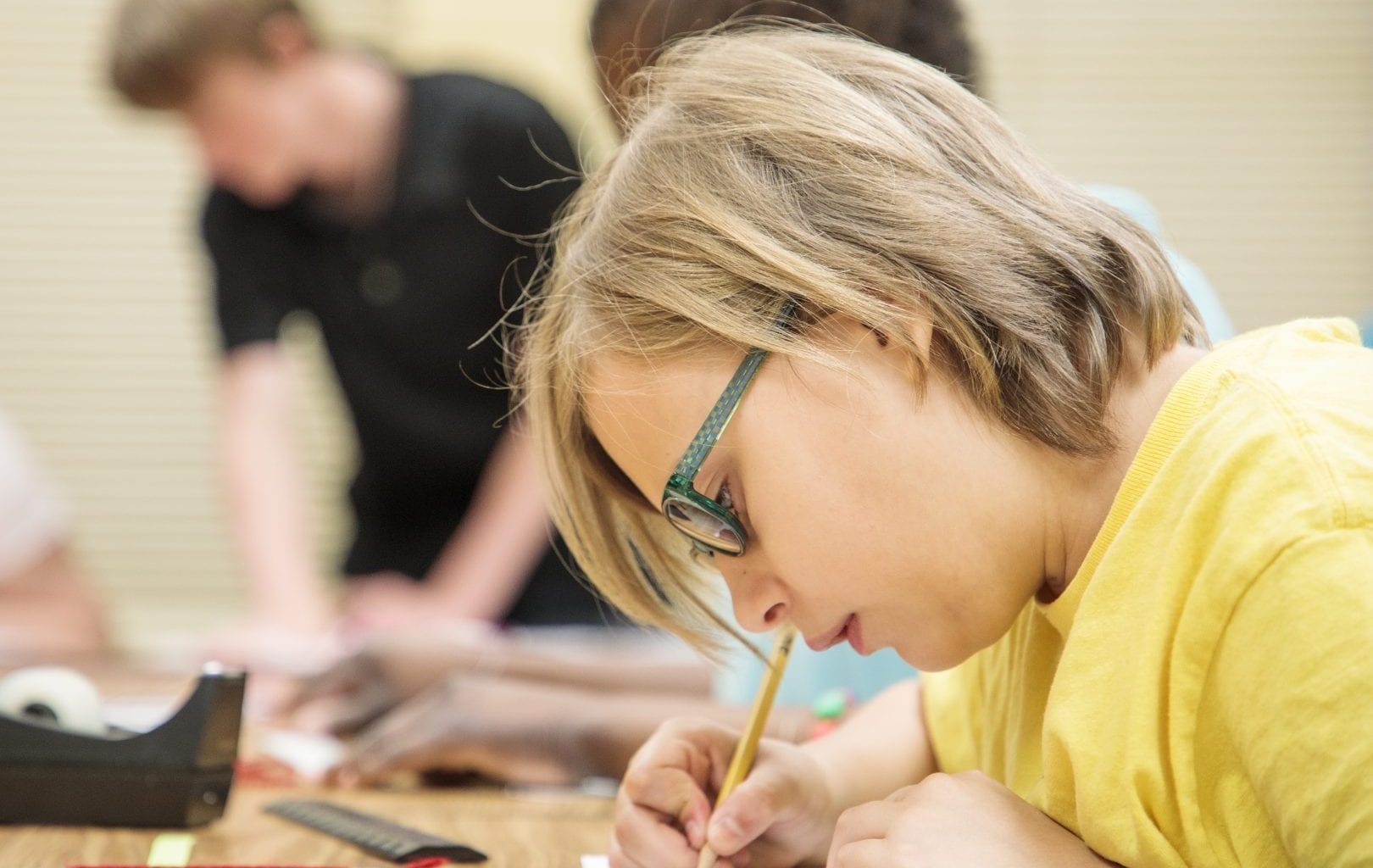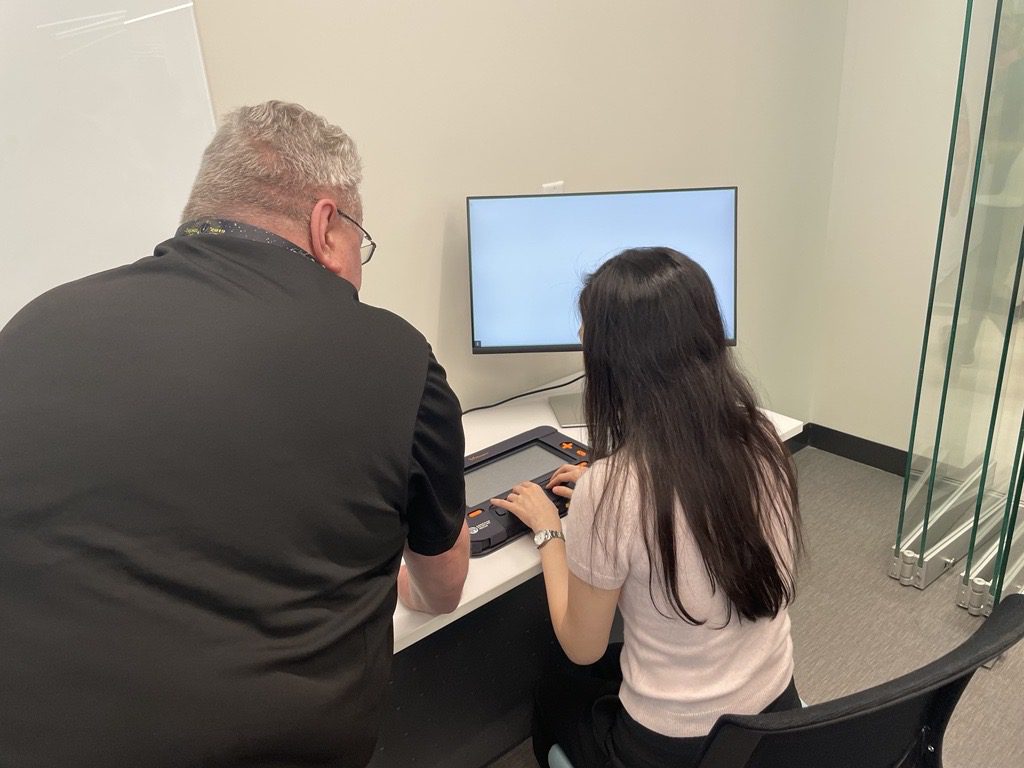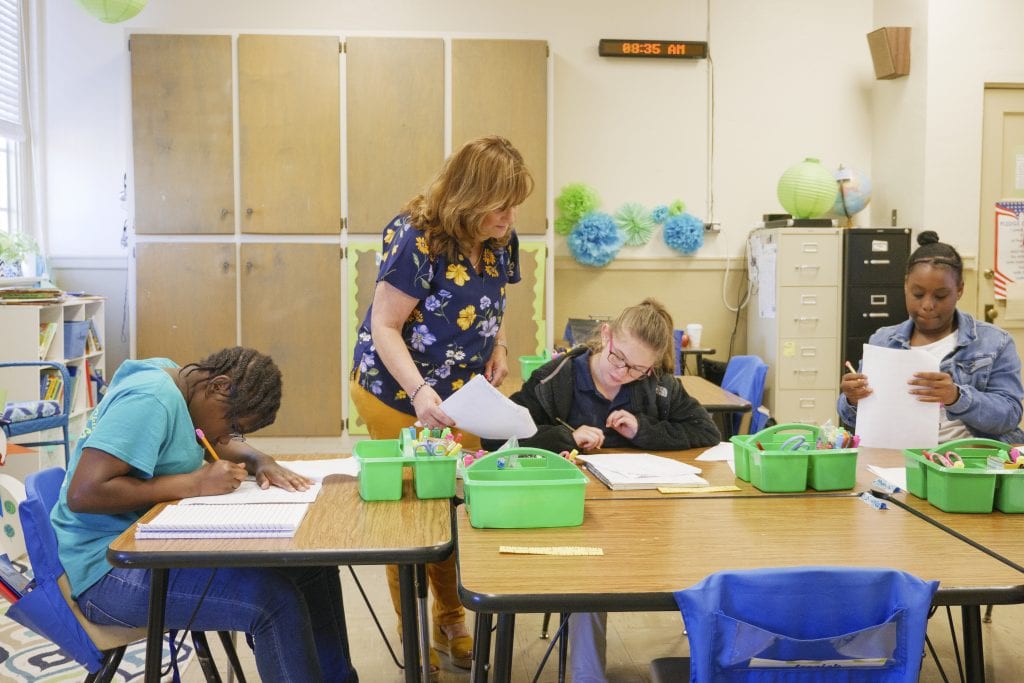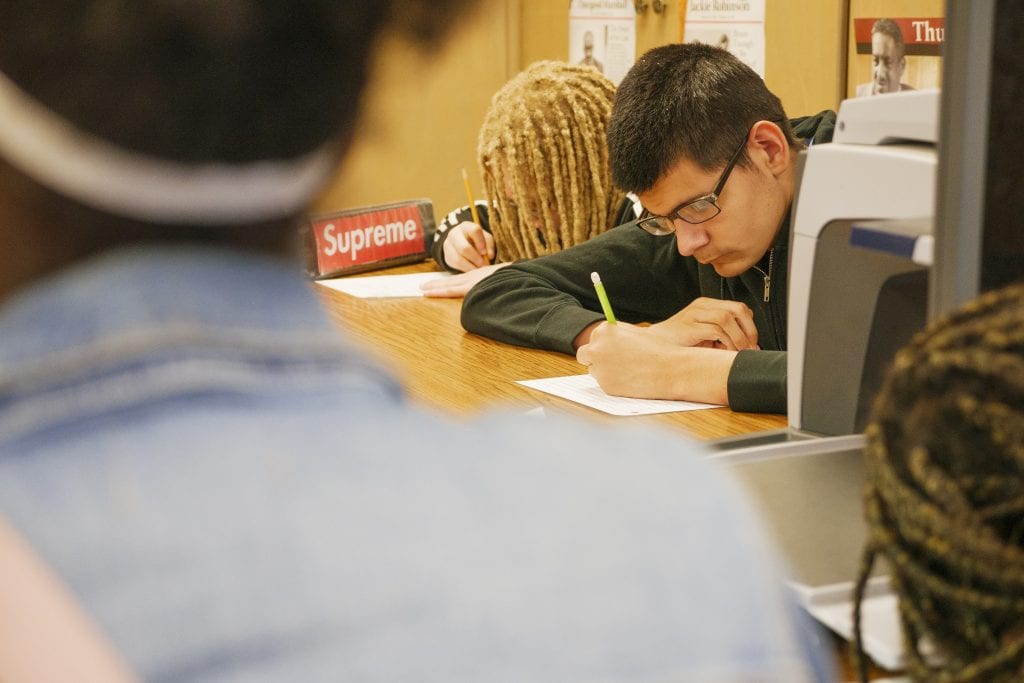Tips From an Educator for State Testing Success

Tools for a Good Foundation
As with any building, a good foundation is key. Exposing students to tactile and enlarged data starts building that foundation for educational success. Letting students create their own representations as well as explore and learn from created tactile materials will boost their confidence in decoding information. Here are a few tools I recommend:
- Provide materials for students to create with Feel ‘n Peel products and Quick-Draw paper.
- In the early grades, use the Tactile Treasures Kit and Setting the Stage for Tactile Understanding Kit: Making Tactile Pictures Make Sense to provide the start to tactile literacy.
- In later grades, Basic Science Tactile Graphics, Earth Science Tactile Graphics, Life Science Tactile Graphics, and Touch, Label, and Learn Poster: Human Skeleton (Anterior View) are several products that provide awesome graphics for science.
- A variety of tactile maps as well as Tactile Town: 3-D O&M Kit and Picture Maker Wheatley Tactile Diagramming Kit assist in map reading skills.
- Geometry Tactile Graphics Kit and many different types of graph paper assist with mathematics, including graphs, tables, and diagrams.
Tips for Testing
Strategies I’ve taught students in the past:
- Review the questions to target what information is needed before exploring the text or graphic.
- Skim text for key words to find answers.
- Relax- If you get stuck, make a note of what item it is and come back to it.
- Teach overall basic concepts so the student understands the logic and set up. This will make tactile exploration more efficient with practice.
- No matter if it is a weekly quiz, exam, or state test, be confident in your skills and knowledge, and do your best.
I give this same advice to the core curriculum teachers of my students. Relax and be confident in the skills taught to prepare, especially when state testing rolls around and the pressure builds. Remove that pressure and anxiety. Be confident and rock the test, students and teachers alike.
Share this article.
Related articles

Simplifying Standardized Tests with the Monarch
Standardized tests can be a source of anxiety for students who are blind or have low vision. Although they are...

Building Your Student Testing Toolkit
Take tests with confidence using accessible tools and materials! Students who are blind or low vision may need access to...

Making Standardized Tests Accessible
What do you think of from October to April? Is it pumpkin spice, the holidays, Cyber Monday, basketball season, and...
